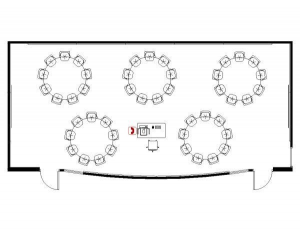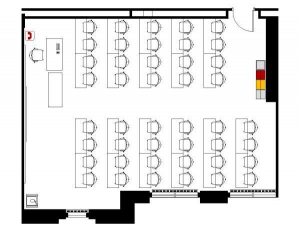King, Melissa. “Better Online Living Through Content Mode Ration”. Model view Culture 28, ( 14 October 2015), web. 6 March 2016.
The title of this article is Better Online Living Through Content Mode Ration written by Melissa King. The article is about how content control offers features like block and ignore functions, content/trigger warnings, block-lists and privacy options, which is helpful to people who need to moderate their time online. Some users may suffer from PTSD and need to avoid topics and people that trigger their anxiety. Post traumatic stress disorders (PTSD) can occur after you’ve been through a traumatic event. Other users may simply understand the limits of their patience and choose to make their online experience less irritating. The other topic is about the argument against content control like how the reactions are out of .
Some of the users who use these tools are labeled as weak and sensitive. So the criticizing of social modern tools leaves users in a culture that pressures people to experience far more catastrophe. Any issues that arise becomes entirely the victims problem when their attacked online and how they need to” just deal with it”. A good example of this would be cyber bullying. Content control is helpful in limiting the worst of these effects which can cause PTSD if it’s very severe or long enough.
One Major argument against content control it that people blow the abuse and harassment they receive out of proportions. Also, how they should try to be “less sensitive”. The argument draws an informal parallel to Exposure Therapy, which is a type of therapy designed to combat severe anxiety through gradual and exposure to its source. Its not about having random internet strangers hurl insults and thetas and somewhat they want to become mentally durable. However, without controlled exposure some suffering from PTSD is likely to have their trauma magnified when face with trigger content.
Also, another argument against content control rely on the myth that it’s just mean words on the internet with no real threat to safety. The idea is that harassment can’t cause PTSD according to pop culture its something that only veterans can get. For example, licensed clinical psychologist/ professor of Psychologist Caleb Lack specializes in treating anxiety states that ” Bullying has long been known to have a severe impact on the mental health, particularly if the bullying is repeated and prolonged”, ” Yes, you can get PTSD from twitter”. He also goes on to stat that its specifically the bullying or harassing that could lead to PTSD or PTSD symptoms. long-term exposure to threatening situations like harassment can for fact cause problems and is one of the major causes of PTSD.
Blacklists is one of the more recent content control to be added in direct response to hate groups. Like Gamergate, TERFs, and white supremacists. In response it has gathered vehement objection and reproach of users, mostly using legal action. The most compelling argument comes from people who do not harass or threaten people, who are in “middle of the road” and paint both sides on the issue as unreasonable. Suggesting that dialogue is in order to solve the whole harassment problem.

